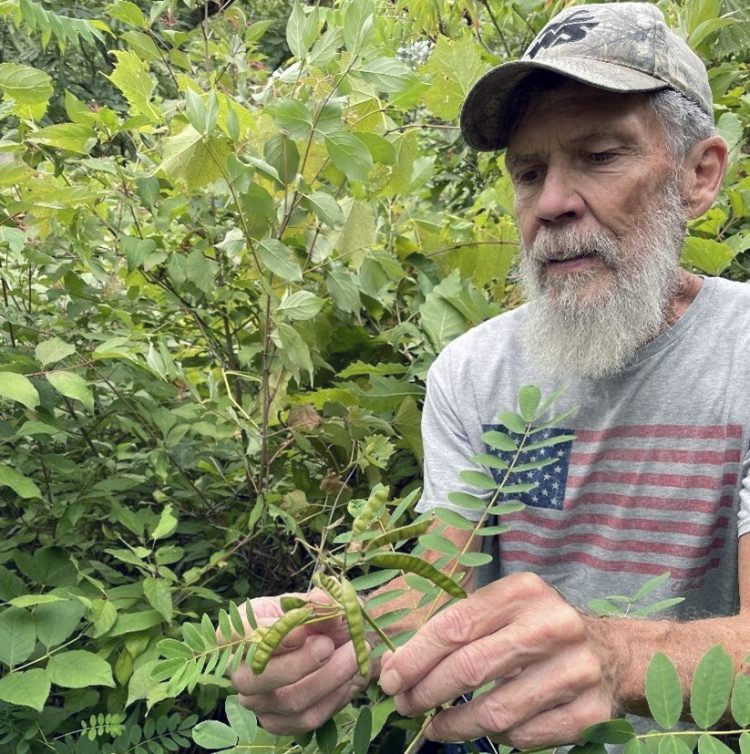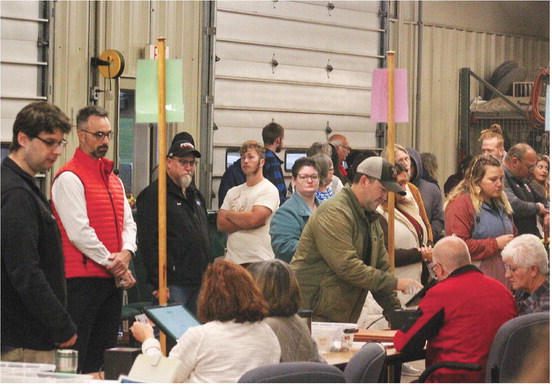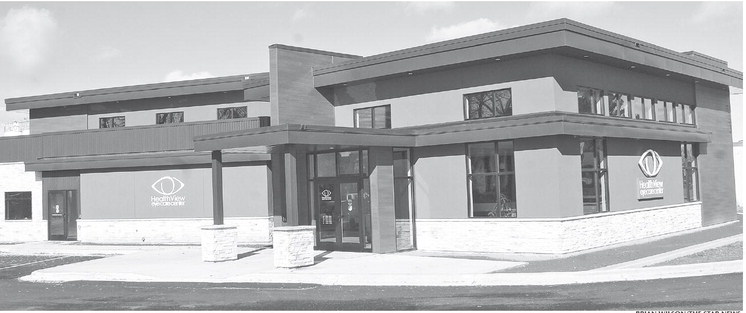Rare plant seen after 100 years of absence


A population of Maryland senna (Senna marilandica), a rare plant not seen in Wisconsin, since 1911, was recently rediscovered in southwest Wisconsin. George Riggin, a trained volunteer for the DNR’s Rare Plant Monitoring Program and Bridget Rathman, DNR habitat biologist, spotted the plant.
This discovery and others are featured in the Rare Plant Monitoring Program’s 2023 Annual Report. Almost 15 percent of Wisconsin’s 2,366 native plant species are considered rare, meaning they are listed as endangered, threatened or of special concern.
More than 50 trained volunteers, from around the state, submitted 178 reports of rare plants in 2023, including 31 populations in areas of Wisconsin, where they had not been documented before.
“I am continuously impressed by the botanical knowledge, enthusiasm and commitment to conservation that we see from our volunteers,” said Jessica Ross, DNR Rare Plant Monitoring Program coordinator. “Their efforts play a significant role in helping us understand the state of rare plants in Wisconsin, and inform how we might conserve them.”
Since 2013, the DNR’s Rare Plant Monitoring Program has trained and sent volunteers to check on the health, and size of rare native plant populations, in nearly every county in the state. The volunteer program is Wisconsin’s largest source of rare plant data. It is unique in the Midwest, for its breadth of surveys statewide.
Rare Plant Monitoring Program volunteers are trained in surveying techniques, including accurately estimating large plant populations, assessing habitat conditions and using GPS coordinates, to locate and mark rare plant populations. Training is online and can be completed at any time.
While formal plant identification training isn’t required or included, successful volunteers often have previous experience.
To learn more, visit wiatri. net.





